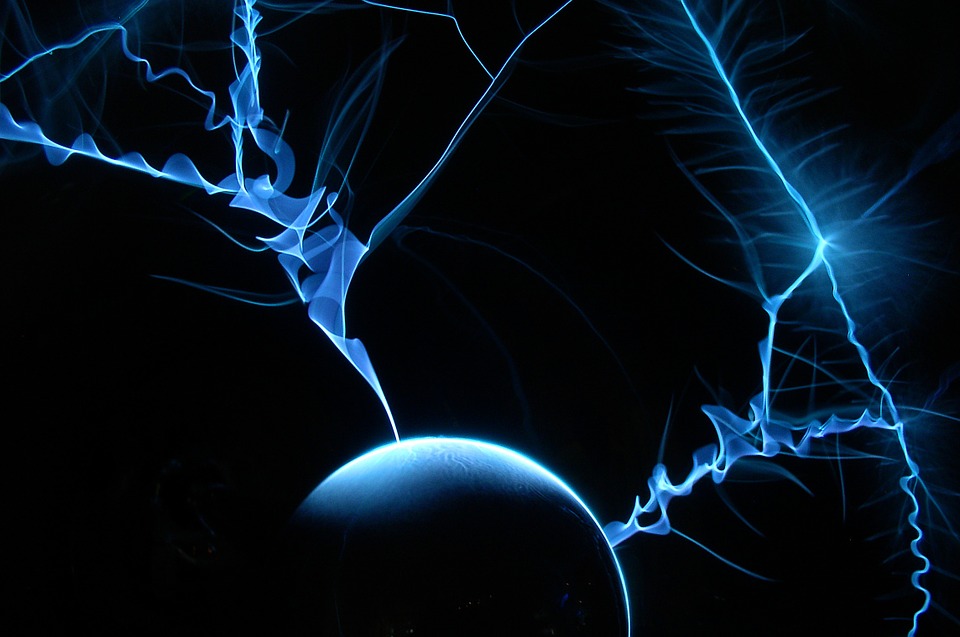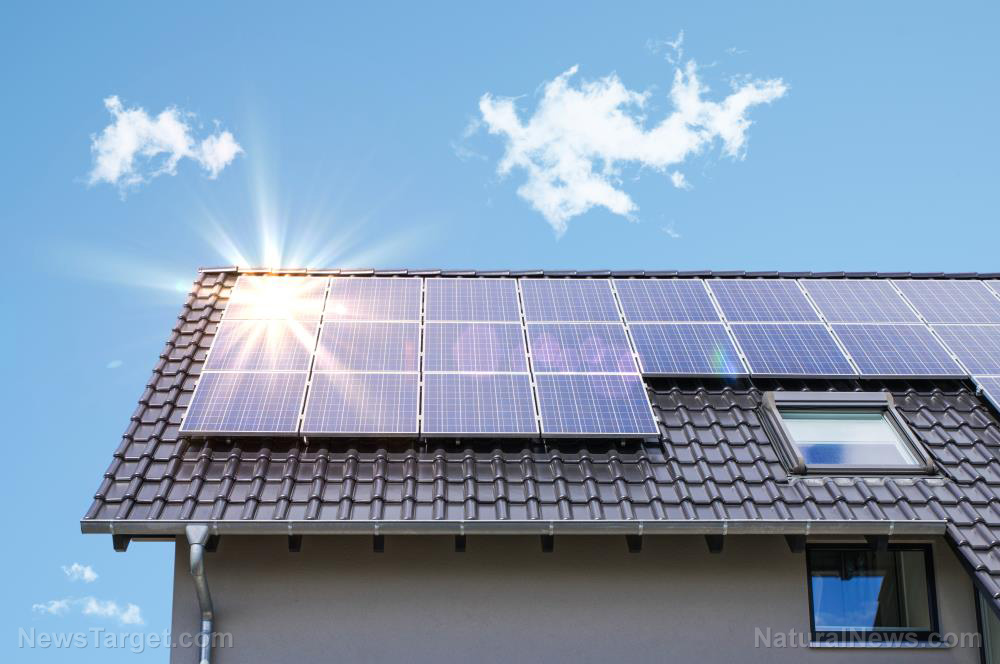Storing and transporting hydrogen, a clean fuel that can provide power off-grid
05/04/2022 / By Virgilio Marin

Hydrogen might just be the fuel of the future. An energy carrier like electricity, it can store tremendous amounts of energy and power places with no access to the power grid. And whether it’s used in a fuel cell or burned to create heat, its only byproducts are clean water and heat.
But the “hydrogen economy” – the production, transportation, storage and utilization of hydrogen – still hasn’t taken off because many challenges remain unsolved. Despite being the most abundant element in the universe, hydrogen gas does not appear in its pure form on the planet. It is lighter than air and therefore escapes easily into the atmosphere.
One of the key challenges is transporting and storing hydrogen prior to its end-use application. Recently, Israeli company GenCell Energy and Japanese multinational firm TDK Corporation joined forces to develop an ammonia-based solution to address this challenge.
Using ammonia to store and transport hydrogen
As a chemical carrier, ammonia can absorb and release hydrogen through chemical reactions. GenCell CEO Rami Reshef said that his team chose ammonia as a carrier for hydrogen partly because it is the second most widely used inorganic chemical worldwide.
“The fuel is there. You have one atom of nitrogen and three atoms of hydrogen bonded together, and the cost of ammonia is cheaper than diesel,” Reshef said.
The next step was determining how to extract hydrogen from ammonia in a low-cost manner. To that end, the firm developed a cracking device that splits hydrogen from nitrogen and feeds it into an adjacent fuel cell, which converts the chemical energy in hydrogen into electricity. The cracking process requires only small amounts of energy, which means that grid power is not necessary.
The challenge now is coming up with a clean way of sourcing ammonia. Currently, the most viable method is the carbon-intensive Haber-Bosch process, which creates a gas reaction between hydrogen and nitrogen at moderately elevated temperatures and high pressures.
“At GenCell we make electricity that is clean, with no emissions. But ammonia is not a clean fuel,” Reshef told Times of Israel. “We’ll be working to develop clean, green ammonia which has no carbon emissions.”
With financial backing from TDK, GenCell scientists are focused on developing a catalyst that can split water into its constituent hydrogen and oxygen atoms, and then add atmospheric nitrogen to create ammonia without emitting carbon. (Related: A cheaper alternative? Scientists looking at converting plastic waste into hydrogen fuel.)
The firm’s carbon-free, ammonia-based solution can provide power to billions of people living in off-grid areas worldwide and serve as a backup source of electricity in situations where the power grid is already stressed. To avoid high infrastructure costs, ammonia can simply be placed in tanks at filling stations, extracted on the spot and converted to hydrogen for use in fuel cells.
According to Reshef, localized power generation via hydrogen fuel cells will be useful as the use of electric vehicles grows. The switch to this vehicles will inevitably drive up electricity demand and place more stress on the power grid.
Building hydrogen factories
Several firms recently launched initiatives to put hydrogen energy production in motion. Fuel cell manufacturer Plug Power recently inked a deal to source renewable energy from Brookfield Renewable to energize one of the first green hydrogen power plants in America.
Plug Power will use Brookfield’s power supply to produce 10 tons of liquid hydrogen gas every day. By 2024, the firm hopes to generate more than 50 percent of its hydrogen energy output from entirely renewable sources.
Saudi Arabia is also planning to build a sprawling hydrogen production plant in the desert. A joint venture of multiple Saudi Arabian and American companies, the $5-billion plant will be built along the Red Sea, where energy from the intense heat and strong gusts of wind will be harnessed to power hydrogen production. Hydrogen will be stored and transported using ammonia, which will be shipped to places across the globe.
If all goes according to plan, the facility should be able to produce 650 tons of hydrogen a day by 2025.
Learn more about the latest developments in the energy industry at NewEnergyReport.com.
Sources include:
Submit a correction >>
Tagged Under:
ammonia, breakthrough, clean fuel, climate, discoveries, electricity, energy supply, fuel supply, future science, future tech, hydrogen, hydrogen economy, innovation, inventions, off grid, power, power grid, renewable energy
This article may contain statements that reflect the opinion of the author
RECENT NEWS & ARTICLES
Electricity.News is a fact-based public education website published by Electricity News Features, LLC.
All content copyright © 2018 by Electricity News Features, LLC.
Contact Us with Tips or Corrections
All trademarks, registered trademarks and servicemarks mentioned on this site are the property of their respective owners.




















